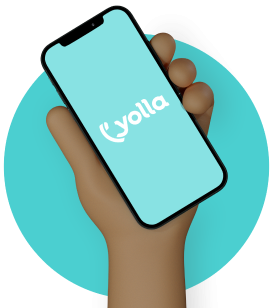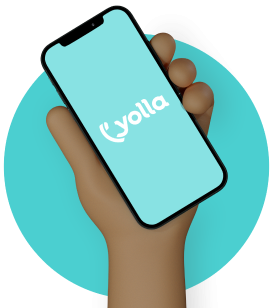
20 Ways to Block Unwanted Phone Calls to Your Cell Phone
November 12, 2021
Table of Contents
- How to Block Unwanted Calls on a Cell Phone - Robocall vs Spam Call vs Fraud Call
- 20 Ways to Block Unwanted Phone Calls - How to block unwanted calls on a cell phone
- 1. Block Each Phone Number Individually
- 2. Trust (Pay) Your Carrier to Block Unwanted Calls on Your Cell Phone
- 3. Third-Party Apps to Block Unwanted Calls on a Cell Phone
- 4. Rely on Your Default OS to Block Unwanted Calls on Your Cell Phone
- 5. Don’t Reveal Personal Information on Your Voicemail Recording
- 6. Set up a Voicemail Password
- 7. Don’t Give Your Phone Number Out if It’s Not Necessary
- 8. Get a Secondary Number to Stop Unwanted Calls to Your Personal Number
- 9. If a Business Calls You, Hang Up and Call Them Back
- 10. Talk With a Friend
- 11. Beware of Pressure
- 12. Never Respond in the Affirmative
- 13. Never Speak or Press Any Buttons
- 14. Don’t Always Trust Caller ID
- 15. Don’t Be Fooled if They Know Your Personal Information
- 16. Ask for More Help From Your Carrier to Block Unwanted Calls
- 17. Spread Awareness and Help Friends and Relatives
- 18. Nuclear Option: DO NOT DISTURB to stop all unwanted calls
- 19. Register Your Number in the ‘Do Not Call Registry’ to Block Unwanted Calls on a Cell Phone
- 20. Report Illegal Robocalls or 'Do Not Call List' Violations
- Other articles that may interest you:
How to Block Unwanted Calls on a Cell Phone - Robocall vs Spam Call vs Fraud Call
How do I block unwanted calls on my cell phone? Before I answer this question, I’ll first clarify the difference between robocalls, spam calls and fraud calls. Most service providers make a significant distinction between these types of calls, even if they’re all equally annoying. Here’s how many carriers see it:- Robocalls: Automatic, pre-recorded messages delivered by a recorded voice
- Spam calls: These usually target a large number of subscribers; sometimes, these can come from companies you’ve given consent to call you.
- Fraud calls: A person or entity often pretends to be from some business they’re not. Their intentions are malicious - often to steal money or private information from you.



